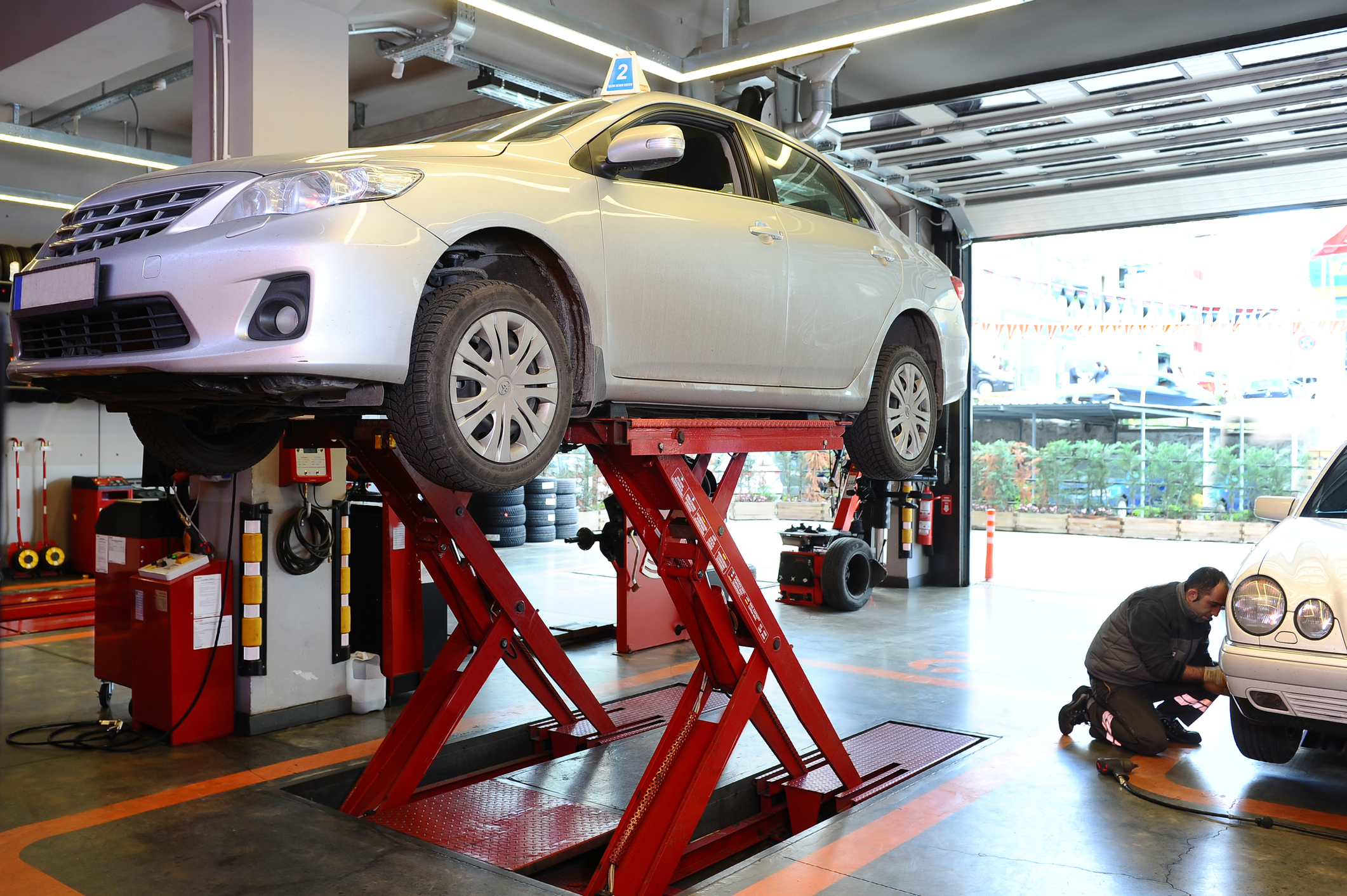Auto Lift Safety – Three Keys to Keeping Your Shop Safe
If you have any type of lifting device that lifts automobiles, trucks, motorcycles, RVs, etc. – you have specific compliance items you’ll need to complete in your shop. Here are three areas you’ll want to make sure you’ve got covered in your shop.
Annual Inspections & Maintenance
ANSI standards mandate that a qualified lift inspector inspect all vehicle lifts at least annually. Make sure the inspector you select is Automotive Lift Institute (ALI) certified. Many companies will tell you that their inspectors are qualified to perform these inspections. But the only independent verification of lift inspector qualification in North America is the Automotive Lift Institute (ALI) Lift Inspector Certification Program.
ALI’s got a handy search tool that will show you inspectors available within a several-mile radius of your location: https://www.autolift.org/find-a-certified-auto-lift-inspector/
Once your inspector completes their inspection, make sure they have tagged every lift in the shop and given you a complete inspection report. This report should be a full page per lift and not just an invoice. If any maintenance is required, make sure this maintenance is completed to pass inspection.
Daily Inspections
Daily inspections should be completed by the technicians using the lifts. Technicians need to review their lift to make sure it is in good working order before using it.
ALI’s President, Bob O’Gorman, mentions in an interview in CCJ,
“Beyond a rigorous annual inspection, lift operators should also perform daily visual checks, … looking for the accessibility and readability of the operating procedures, safety tips and general safety material; accessibility and readability of safety warning labels; readability of the rated load capacity of the lift; proper operation of the lift controls; deformation or excessive wear of any of the lift structural components; deformation or excessive wear of other components such as hoses, electrical wires, drive chains, wire rope or screws; damage or excessive wear on any of the lift contact points which engage any part of the vehicle during lifting; evidence of hydraulic or pneumatic leaks; unusual noises, sudden movements, erratic operation or evidence of chips or filings during use; and cracks or loose concrete around floor anchor bolts, if applicable.”
“If the lift operator notices any issues with these areas, he or she should not use the lift and should report the condition to the supervisor, employer or owner,” O’Gorman said. “Additionally, the lift should not be used until the cause of the problem has been determined and the appropriate repairs or corrective actions have been made by qualified lift service personnel.”
Annual Lift Safety Training
The consequence of unsafe lift operations can be significant property damage and employee injury, even fatality. Lift accidents can be preventable with safe lifting procedures. Lift Safety training must be completed and documented so employees know all there is to know about the heavy equipment they are using daily. You’ll want to ensure your employees understand the right way to lift a car, truck, or SUV without causing injury or property damage. Important topics include:
- How to spot a vehicle
- How to lift a vehicle
- How to prepare the service bay
- How to maintain load stability
- How to lower the lift
- Basic lift maintenance
Hint: KPA offers auto lift training in partnership with ALI that will keep your team safe, and your dealership compliant.
Auto lifts are one of a multitude of hazards lurking in your dealership.
That’s why dealerships around the country rely on KPA tools, training, and consulting expertise to minimize risk and maximize business performance. Let us show you how we can help.
